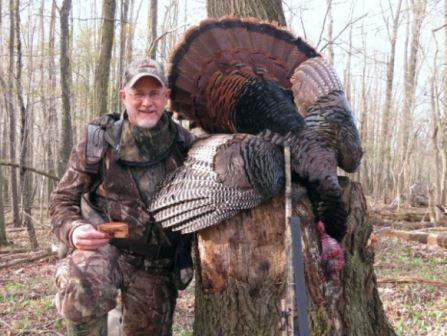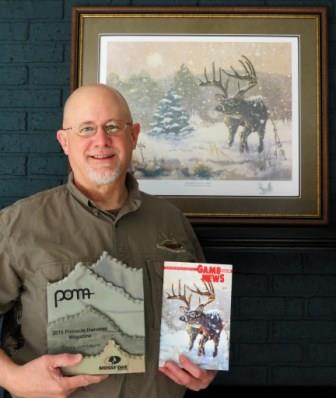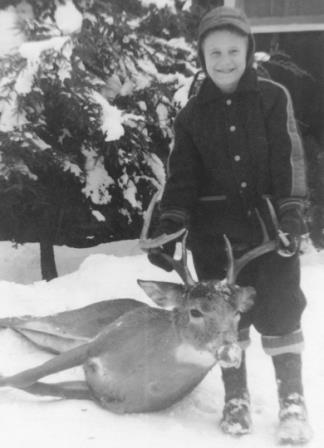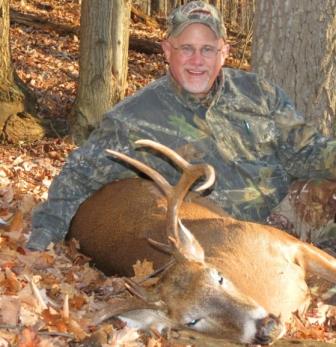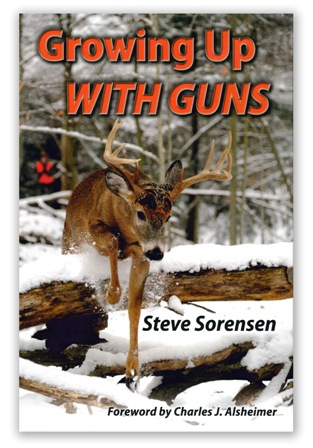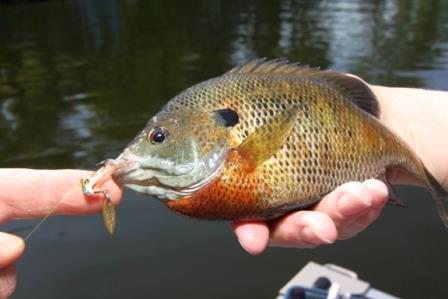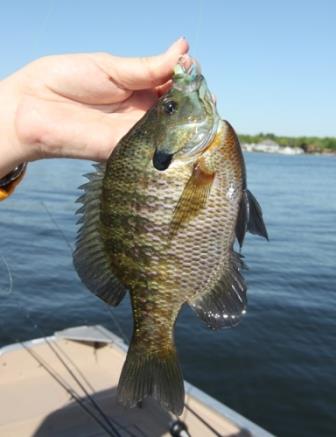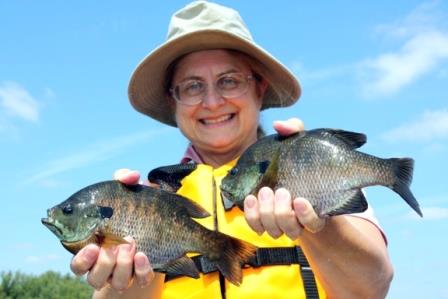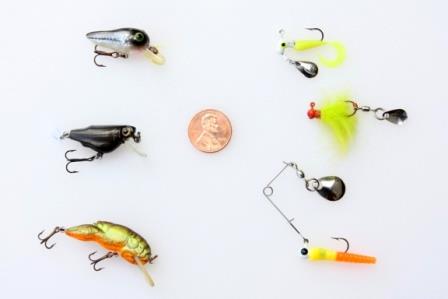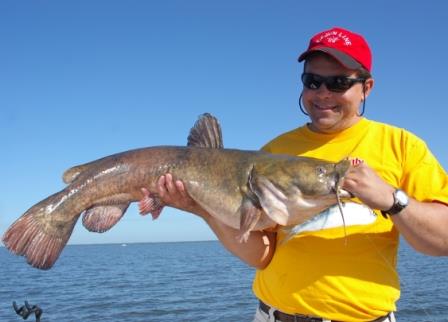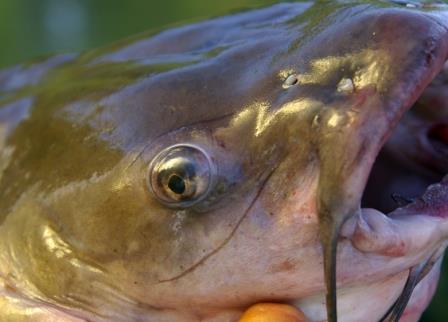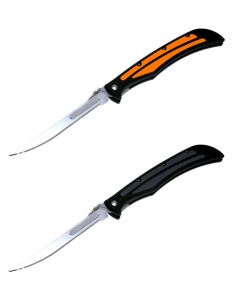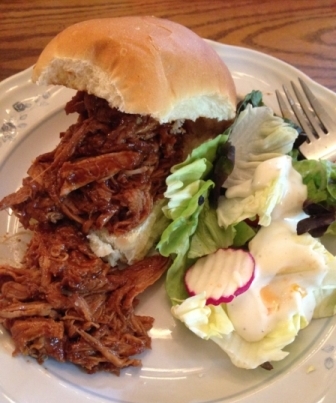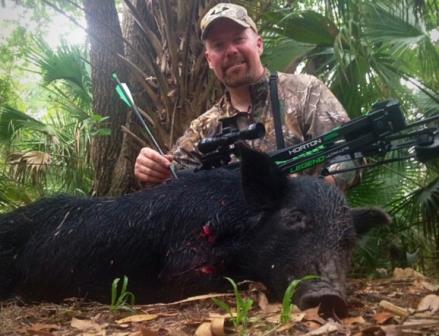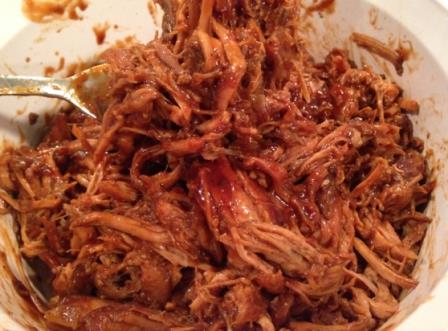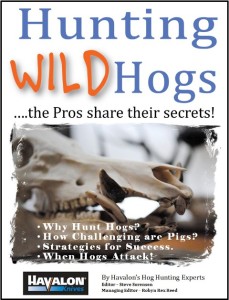By Keith Sutton
Want to catch bluegills as big as
dinner plates? Follow these 6 tips!
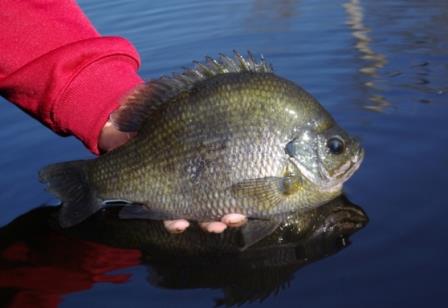
Trophy bluegills, like this 2-pound plus catch, are among the wariest and most difficult to catch of all sportfish. It can be done, however, if you employ the right techniques in the water. (Photo: Keith Sutton)
Bluegill fishing isn’t hard. Anyone can catch them. These scrappy panfish are not especially wary, and small ones will forgive even the most slipshod angling techniques.
Catching large bluegills — those that weigh 1½ pounds or more — is a different story altogether. When a big bluegill reaches the size of a man’s hand, it’s been around long enough to be considerably more guarded than its little buddies. By the time it’s the size of a dinner plate, it’s one of the most cautious creatures in freshwater. Only the most skillful anglers are savvy enough to entice one to bite.
It can be done, however, especially if you follow these tips.
1. Fish the right waters
The primary key to catching these trophy fish — and I can’t stress this enough — is fishing the right body of water. You could fish many lakes that produce thousands of 1-pounders annually without ever catching a 1½- or 2-pound fish. Trophy bluegill waters are special waters with an excellent forage base and near-perfect balance of predators (like largemouth bass) and prey (bluegills and other small fish).
One way to pinpoint trophy waters is to phone the freshwater fisheries agency in the state you’re fishing and speak to a fisheries biologist familiar with bluegill waters. A few questions presented to the right individual could help you find several choice locations.
Social media sites like Facebook can also help. Look for friends posting photos of extra-large fish and see if they’ll share where they were caught. If they’re stubborn, a bottle of bourbon or a couple of your favorite fishing lures will sometimes loosen tongues.
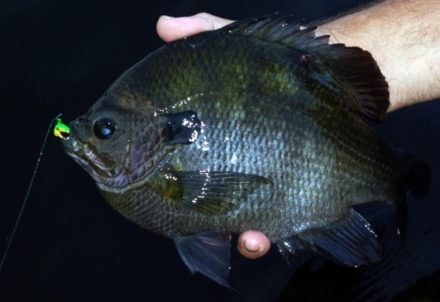
Few bluegill anglers fish at night, but big bluegills like this are often easier to catch after dark. (Photo: Keith Sutton)
2. Fish quietly
Small fish tolerate an amazing amount of disturbance – a paddle banged against the boat, a fallen tackle box, squeaky boat seats. But a big bluegill won’t abide the slightest bit of commotion. At the first hint of danger, they disappear into the depths. It’s important to be attentive to noisy distractions. Wear soft-soled shoes in your boat. Arrange gear so there’s little chance of accidentally creating a disturbance. Fish slowly and “quiet as a mouse.”
3. Fish at night
In some waters in summer, the largest bluegills feed primarily at night, just like catfish. You can sometimes catch them on spinners, small topwater plugs and other noisy or vibrating lures. But live baits like small minnows or night crawlers are usually best for enticing heavyweights after dark. Lively 2- to 3-inch minnows are especially good for nighttime bluegill fishing because those exceeding 1½ pounds often turn from a diet of invertebrates to a diet of small fish.
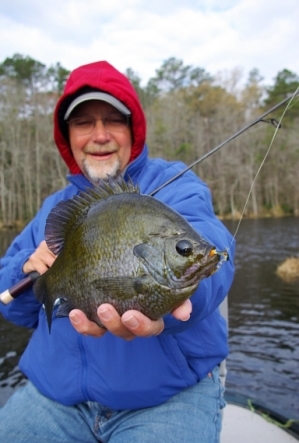
Fish on the bottom: that’s one way to target heavyweight bluegills, which often are most active in the sanctuary of deep, dark water. Small spinners like the Road Runner Natural Science Trout & Panfish spinner work great for this. (Photo: Keith Sutton)
4. Fish on bottom
Bigger bluegills tend to take a position below the rest of a school, usually on or very near the bottom. A tightline bait rig is one of the best for catching these bottom dwellers. Thread a small egg sinker on your line and, below it, tie on a barrel swivel just large enough to keep the sinker from sliding off. To the swivel’s lower eye, tie a 2- or 3-foot leader of light line tipped with a long-shanked Carlisle hook. Add a small minnow, cricket or other live bait, then cast the rig and allow it to settle to the bottom. When a fish takes the bait, the line moves freely through the sinker with no resistance to alert fish to a possible threat.
The best lures are ones that can also be worked on or near the bottom. My favorite is Road Runner’s Natural Science Trout & Panfish spinner. I’ve used it to catch several bluegills at or exceeding the 2-pound mark. The 1/32-ounce size is small enough for small-mouthed bream to inhale, and the spinner blade rotates quickly even when the lure is retrieved at the snail’s pace usually needed to entice these persnickety panfish. Few lures are as effective for bluegill fishing.
5. Fish naked
No, not you. Your fishing line. When heavyweight bluegills are persnickety, one of the best ways to tempt them is stripping your terminal tackle away to the bare essentials — nothing more than a baited hook. No sinkers. No floats. No swivels. No terminal tackle of any kind except a quality-made, sharp-as-the-dickens No. 4 or 6 Carlisle hook with a lively cricket, small minnow or small piece of worm impaled on it. Without any weight except that of the hook, the bait sinks very slowly, fluttering about as it does. A big bluegill will find such baits irresistible. You’ll have to watch your line very closely as the bait sinks, looking for any slight movement indicating a hit. When regular tactics fail, this one can save the day.
6. Fish fresh
If the tactics here don’t produce, employ some fresh, new ideas. Use a different bait, try a new rig or visit another fishing locale. Trophy bluegills are among the wariest and most difficult to catch of all North American sportfish, but innovation has led to success a million times. There’s no reason it can’t land you your next trophy fish.
About Keith Sutton:
 Keith Sutton is the author of “The Crappie Fishing Handbook,” a 198-page, full-color book full of crappie-fishing tips for beginners and experts alike. To order an autographed copy, send a check or money order for $29.45 to C&C Outdoor Productions, 15601 Mountain Drive, Alexander, AR 72002. For credit card and PayPal orders, visit www.catfishsutton.com.
Keith Sutton is the author of “The Crappie Fishing Handbook,” a 198-page, full-color book full of crappie-fishing tips for beginners and experts alike. To order an autographed copy, send a check or money order for $29.45 to C&C Outdoor Productions, 15601 Mountain Drive, Alexander, AR 72002. For credit card and PayPal orders, visit www.catfishsutton.com.
Have you heard? Havalon’s
“Gear Up for the Hunt” sweepstakes is here!
Click below to enter:
9,038 total views, no views today



